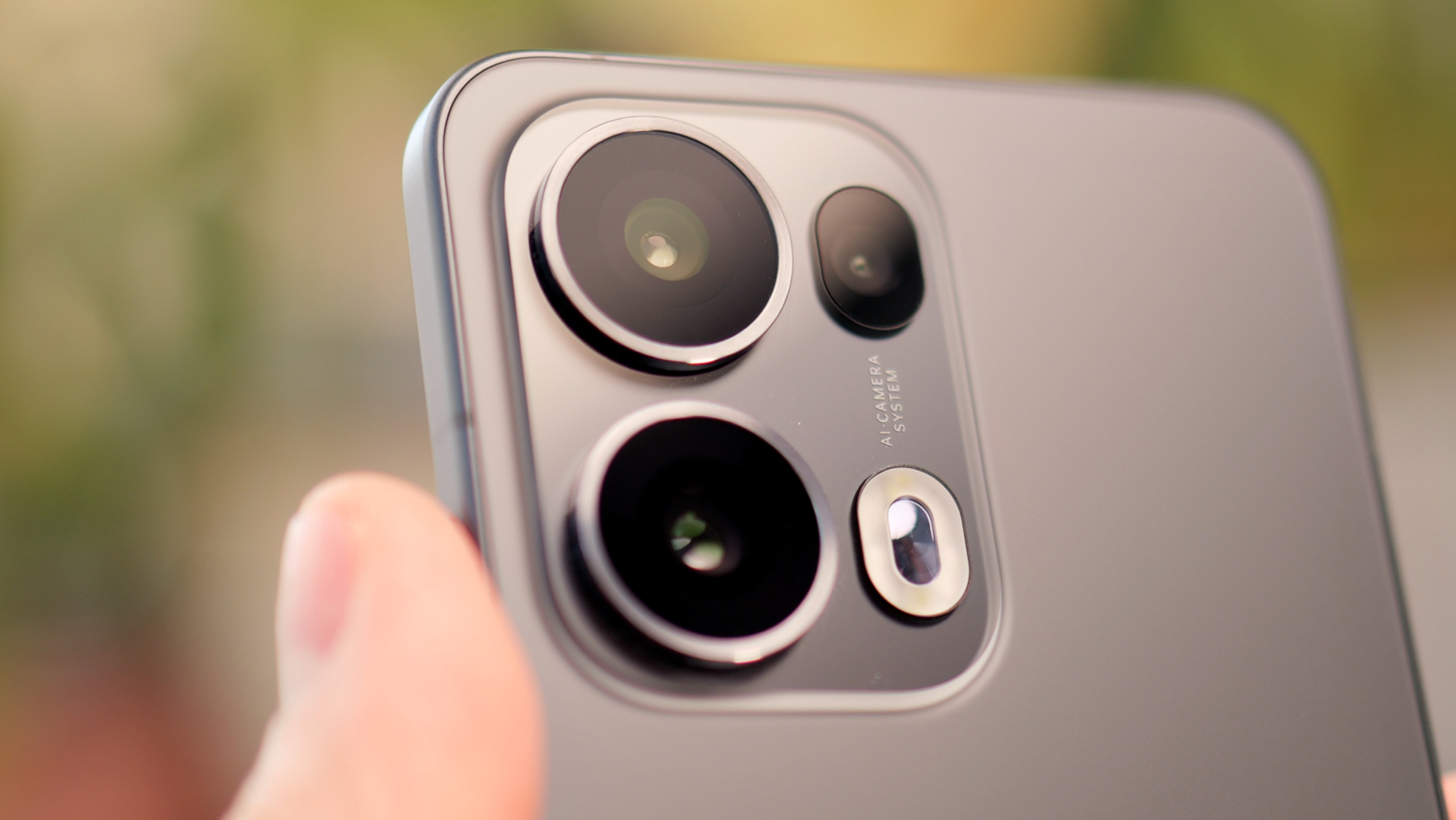The best photography lighting kits: for studio, location and video
We select the best photography lighting kits with mains power, battery power, and continuous LED lighting for video
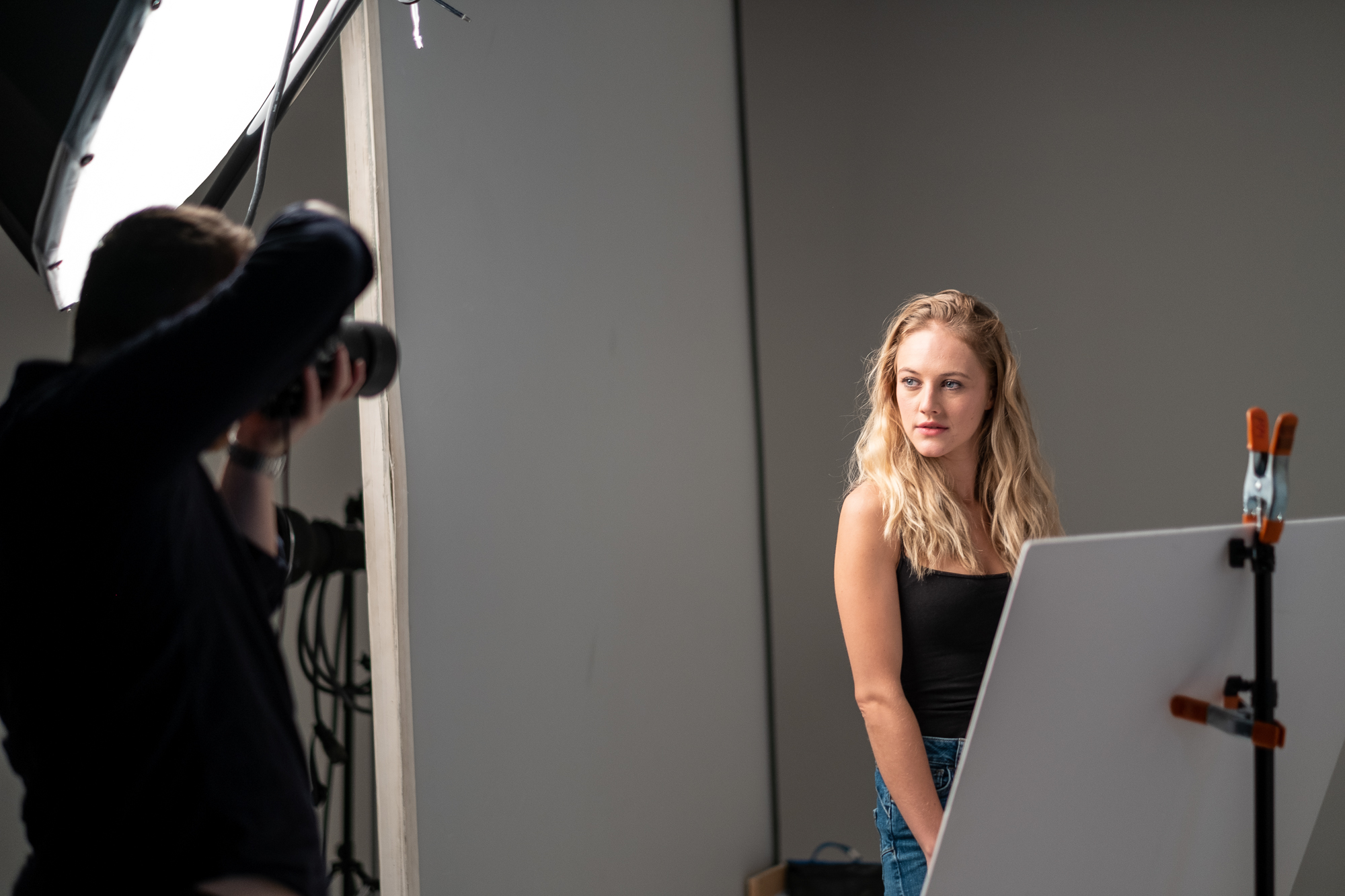
With the best photography lighting kit, you can take complete control over the lighting in your images for professional-looking results. Natural light will only get you so far, and if you are interested in serious portrait or product photography, you need to think about lighting.
A good photography lighting kit will give you everything you need in one package, usually including two light sources and accessories – however, there's a lot of cheap stuff on the market that you're best off avoiding. I've put together this handy guide to the best photographic lighting kits available right now.
I have included a diverse range of kits, covering a range of budgets, as well as all the facts and figures you need to choose between them. I'll look at flash-based kits for studio and location work, which are still my top pick for stills photography, however, if you're more interested in continuous lighting, skip down the list to find some of the best options for constant LED lighting.

Gareth is the Reviews Editor at Digital Camera World, and the person in charge of testing and reviewing all the latest photography gear. As a fashion and portrait photographer, he has worked a lot with lighting and knows what characteristics can make your photography stand out.
The Quick List
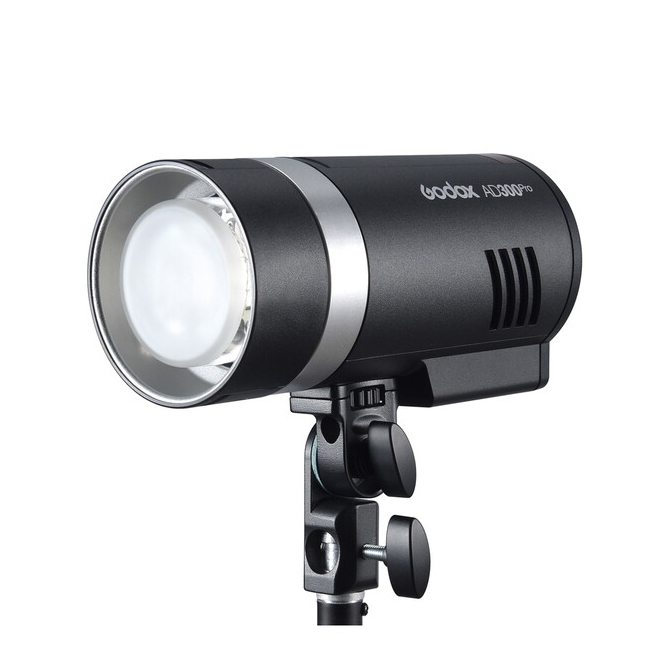
A very compact and easily portable unit, the 300Pro packs 300W power with the option of 1/8000 sec high-speed sync. While more expensive options edge it out in terms of precision, the 300Pro still offers exceptional control for a fraction of the price – making it incredible value.
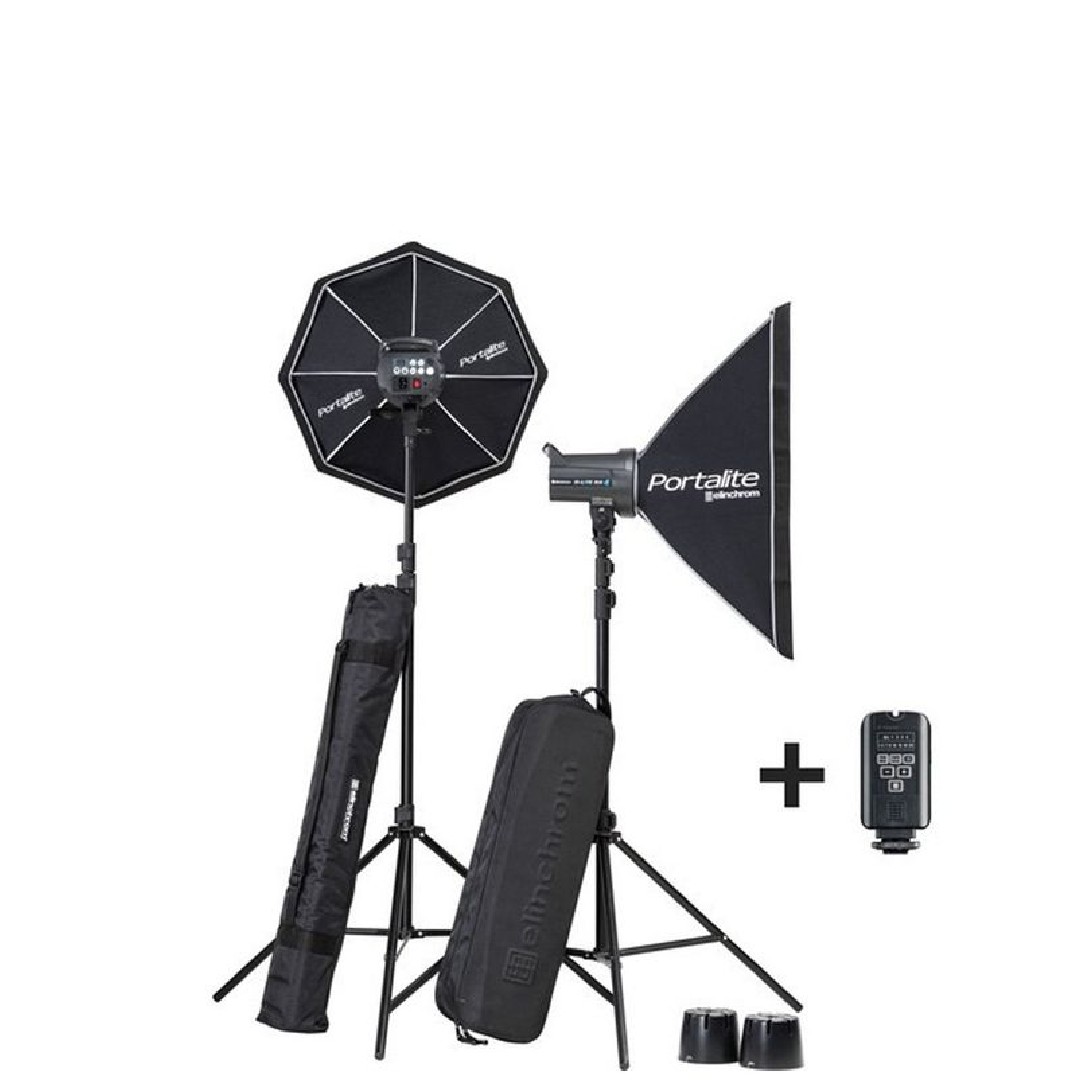
This range-topping kit includes two 400Ws flash heads, sturdy stands, a 66cm square softbox, a 56cm octagonal softbox, and a translucent deflector that enables a beauty dish effect. The EL-Skyport Transmitter Plus radio-frequency trigger lets you adjust flash heads remotely over a range of up to 200m.
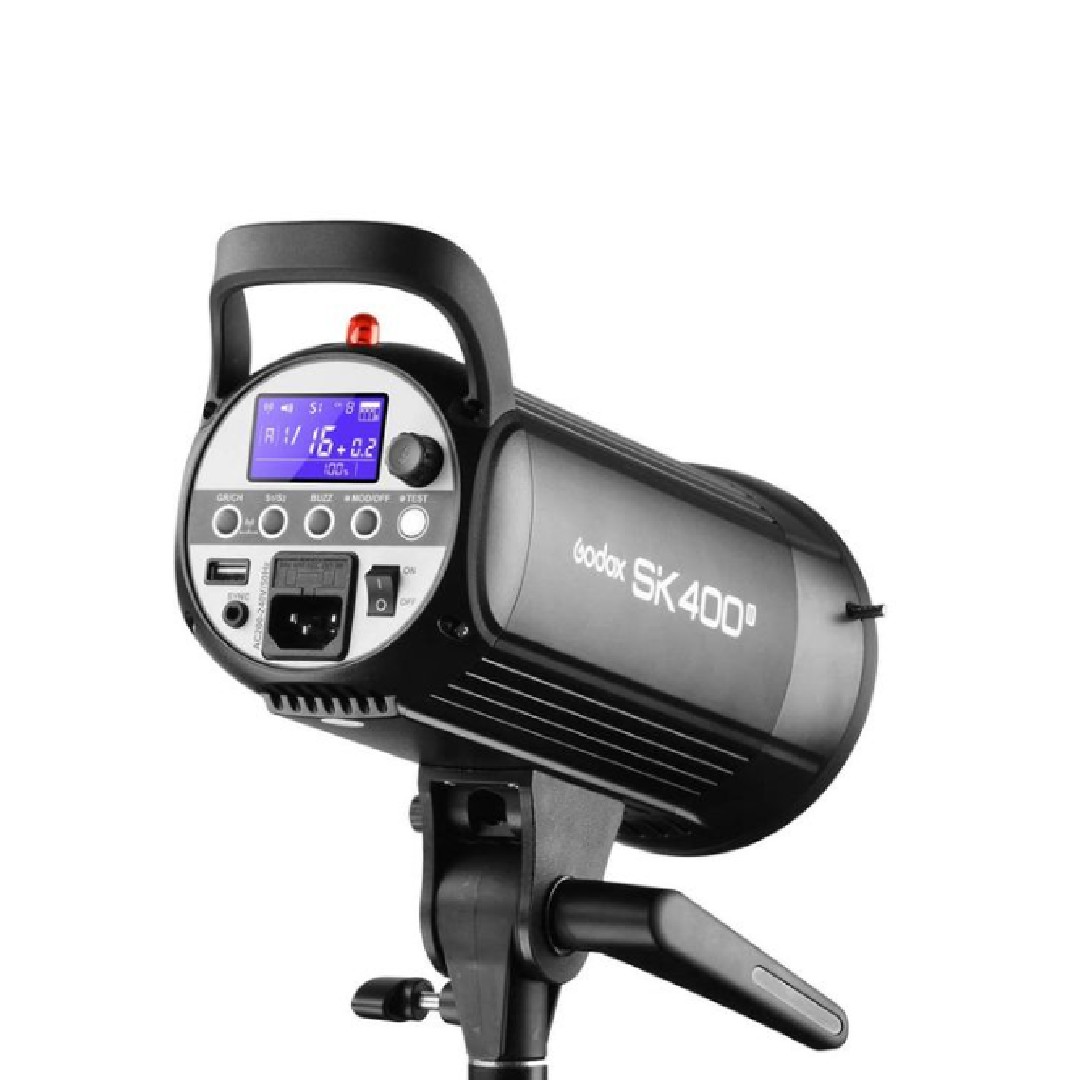
This is a brilliant all-in-one kit that is based around two 400Ws moonlight flash heads. These come supplied with stands and softboxes to give yourself a great set-up for studio portrait and product photography - and there are other useful attachments added in for good measure.
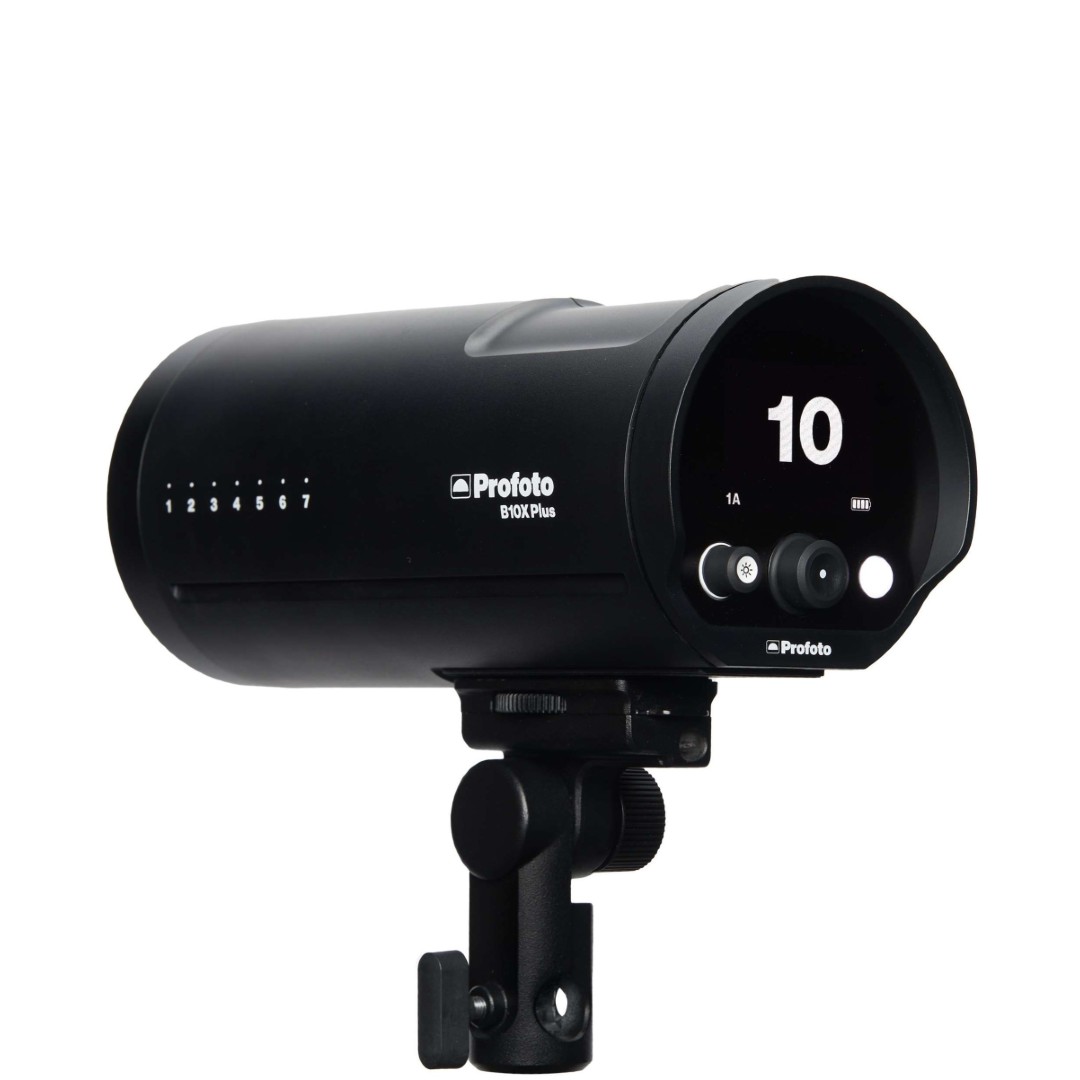
Profoto B10X Plus is a big, powerful location light, that offers a massive 500Ws output from its rechargeable battery. All components are of very high quality, while the powerful LED modeling light is useful for stills and video capture and comes complete with adjustable color temperature.
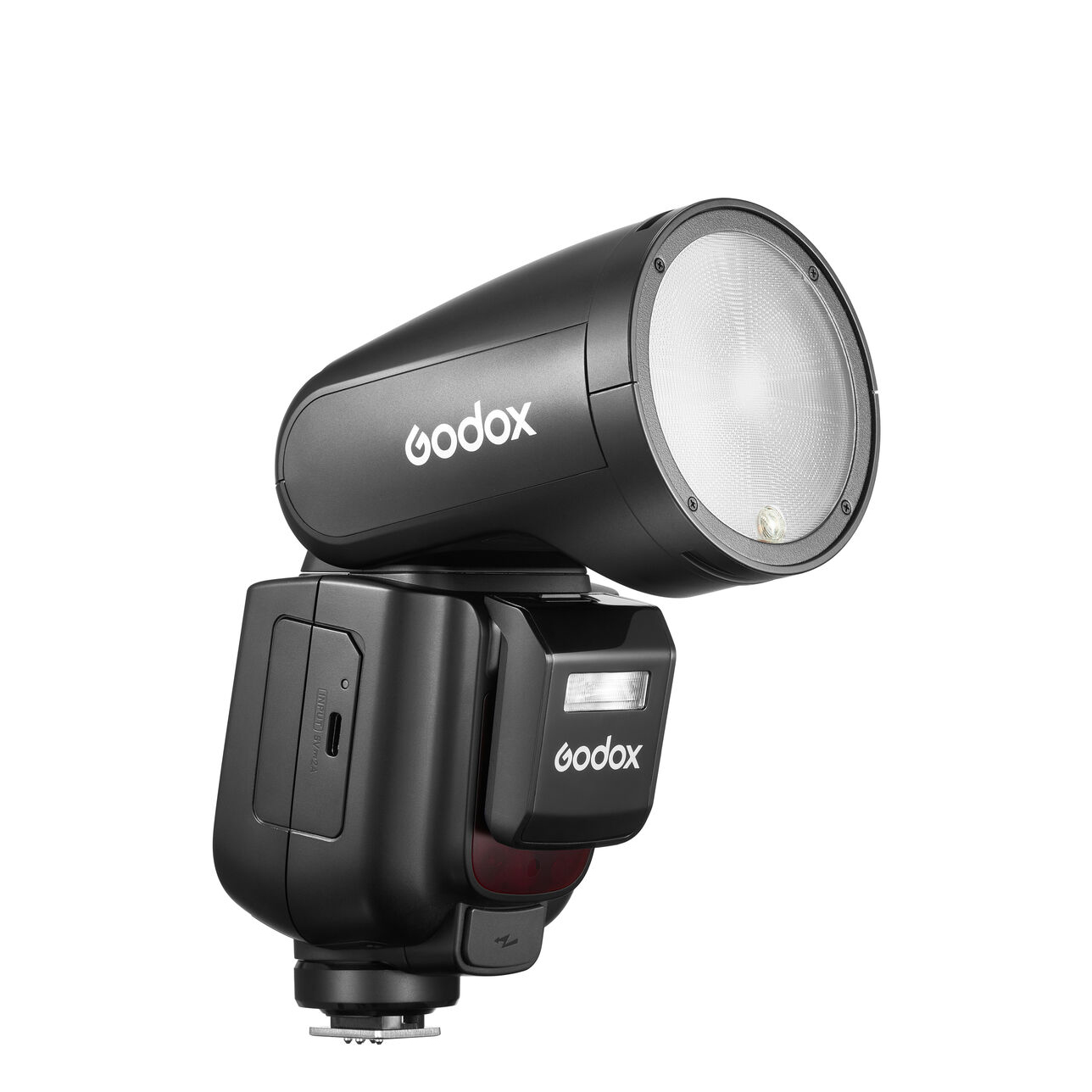
If you are looking for a versatile flash then you've found it. This is the best flash you can get that can be both used on and off-camera. With its hotshoe mount, it can serve on top of your camera, but with Godox's wireless system built in, it can either be controlled or used as a controller for other Godox lights.
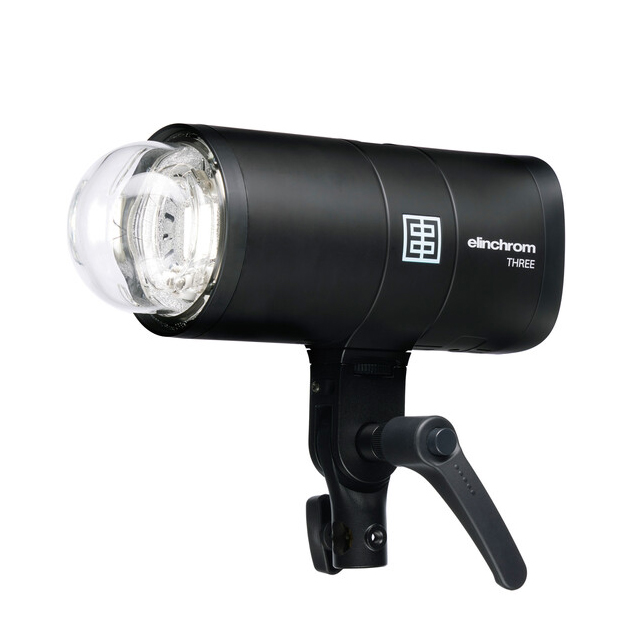
The Elinchrom THREE is a consistent and versatile lighting for both indoor studio settings and on-location shoots – it balances respectable 261W power, but in a lightweight and compact battery-powered light, capable fo 525 full-power flashes with a fast recycle time.
View the full list...
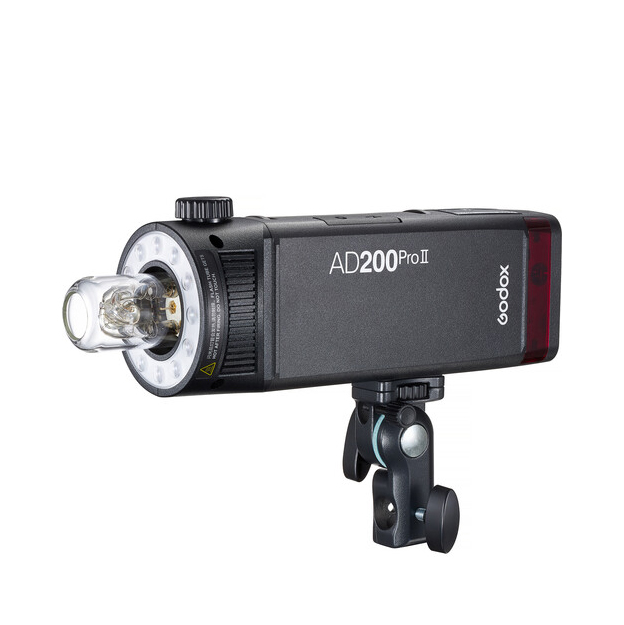
The Godox AD200 Pro II is an excellent upgrade from the original model and serves as a great introduction to off-camera flash photography. Its compact and lightweight design makes it easy to pack in your kit bag, allowing you to use it whenever you need extra light. Additionally, it offers more versatility than a traditional on-camera flashgun.
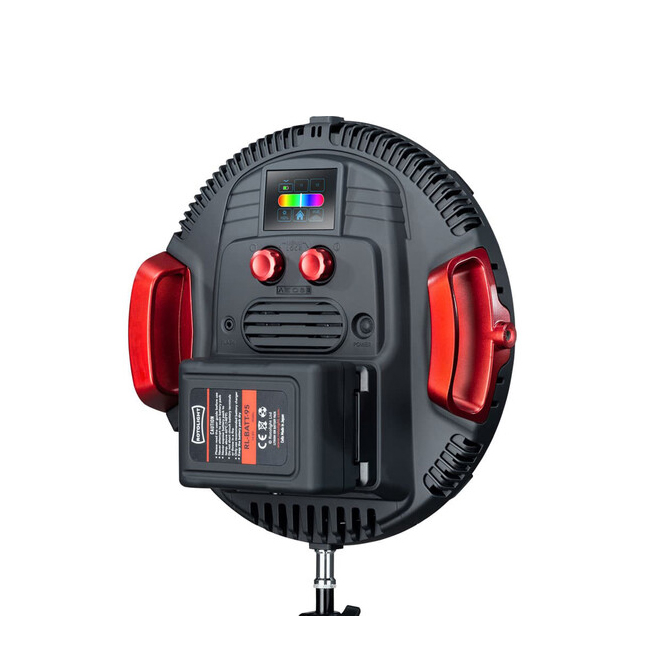
The AEOS 2 is a lightweight, portable LED lighting panel with 16.7 million colors, suitable for constant lighting and flash with high-speed sync. It features a color touchscreen for easy access to various lighting options, filters, and effects. While not cheap, its performance makes it worth the investment.
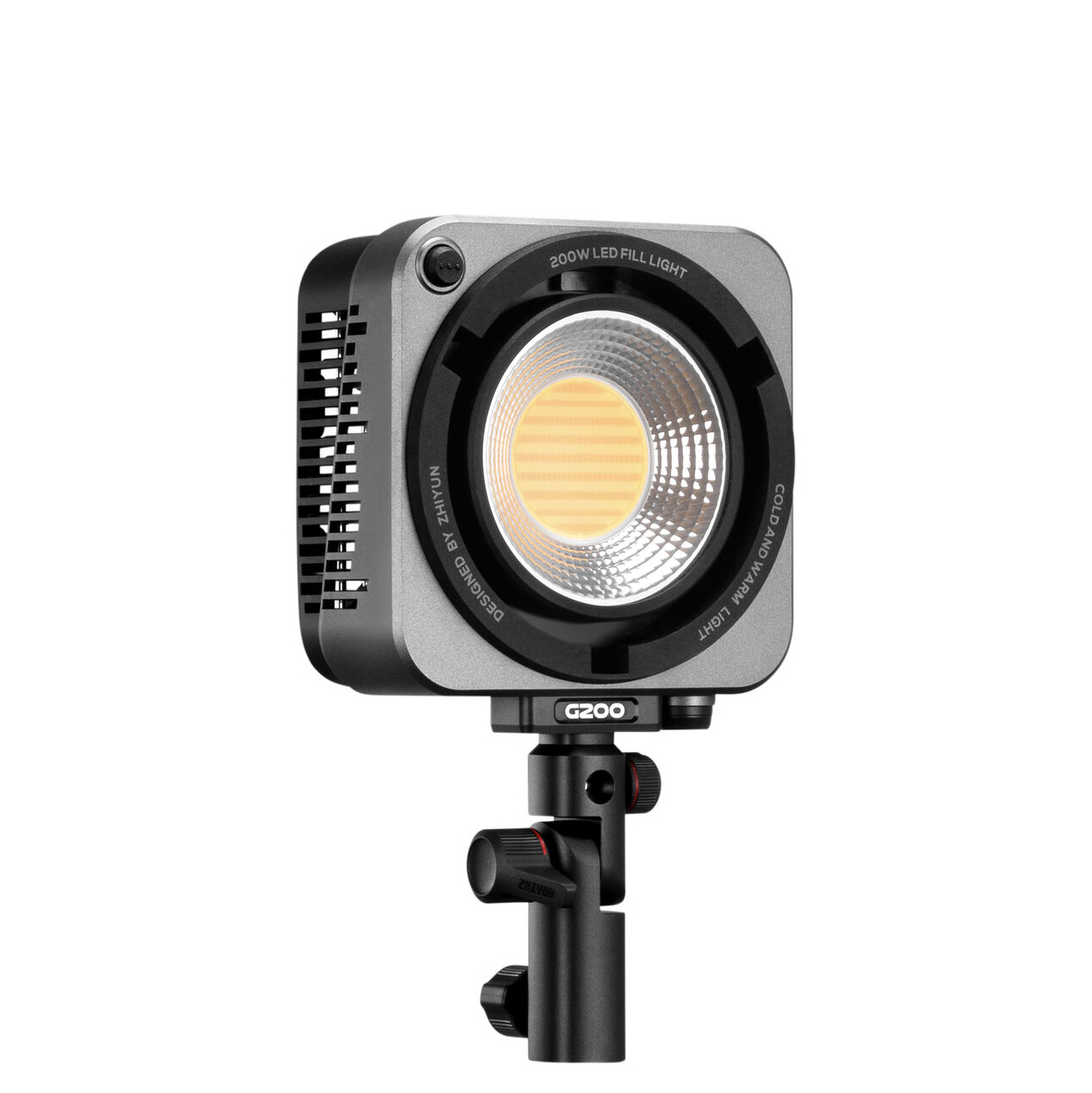
Continuous lighting in the last few years has finally become more viable for photography with power close to what's achievable with a mid-powered studio flash. My favorite light at the moment is the Zhiyun Molus G200 for its incredible power, its very compact size, and its affordable price.
The best photography lighting in 2025
Why you can trust Digital Camera World
Best value photography lighting kit
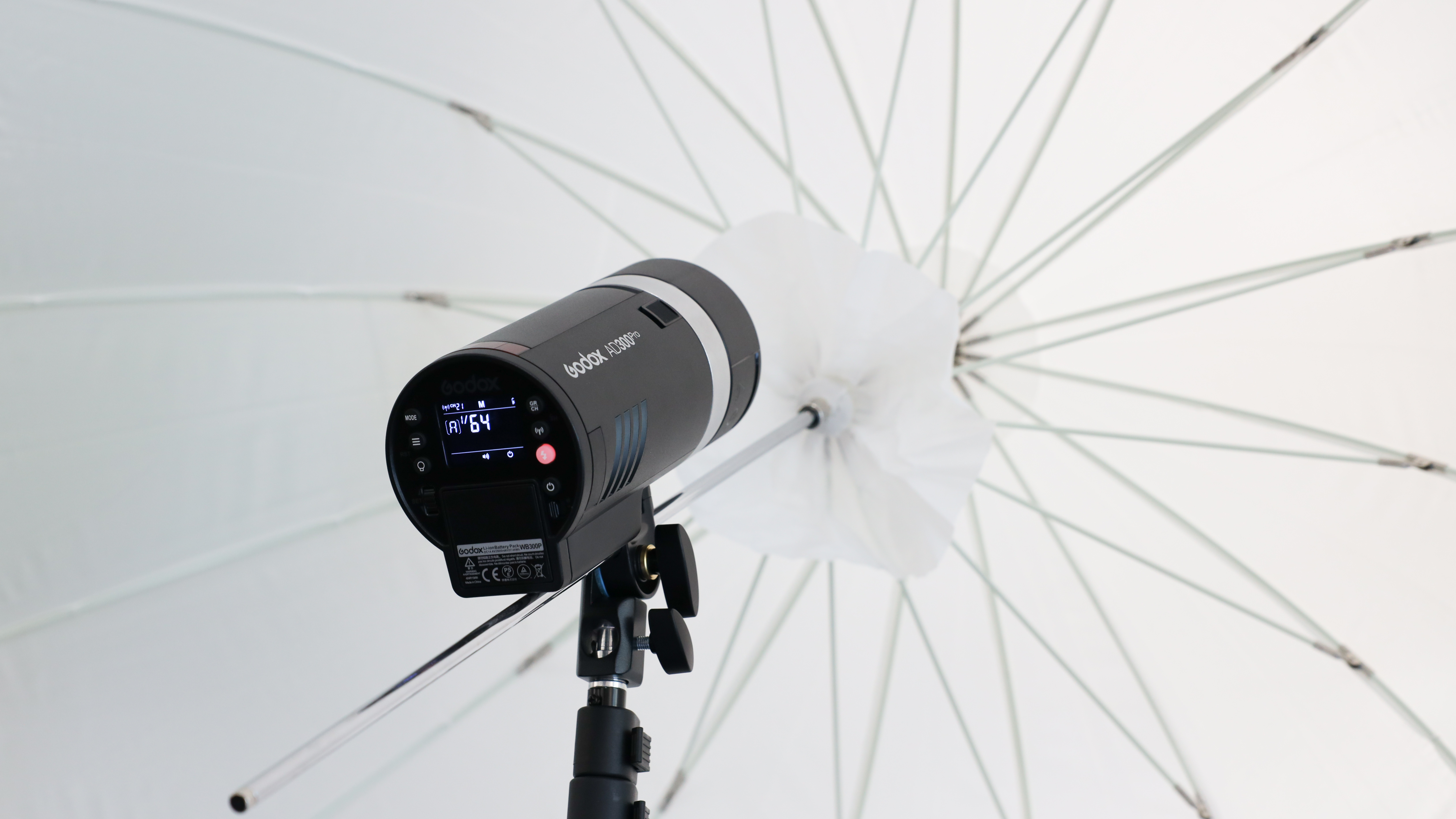
Specifications
Reasons to buy
Reasons to avoid
The Godox AD300Pro is a standout choice for photographers seeking an off-camera flash that offers exceptional performance at a budget-friendly price. It strikes the perfect balance between high-quality lighting, reliable wireless control, and affordability, making it a versatile option for various shooting environments.
In a studio, its powerful output is more than enough to light full-length portraits, and the wireless operation eliminates the hassle and potential risks of tangled cables. Outdoors, it’s equally impressive, providing ample light to combat harsh sunlight or enhance nighttime photography.
One of the flash’s key strengths is its wireless control system, which is both user-friendly and adaptable. It seamlessly manages complex setups, including multiple groups, making it ideal for those working with layered lighting. But what really sets the Godox AD300Pro apart is its affordability—it makes professional-level studio lighting accessible to photographers of all levels.
If you’re looking for a flash that performs well in both studio and outdoor settings without breaking the bank, the Godox AD300Pro should be at the top of your list.
Read more: Godox AD300Pro review
Best complete photography lighting kit
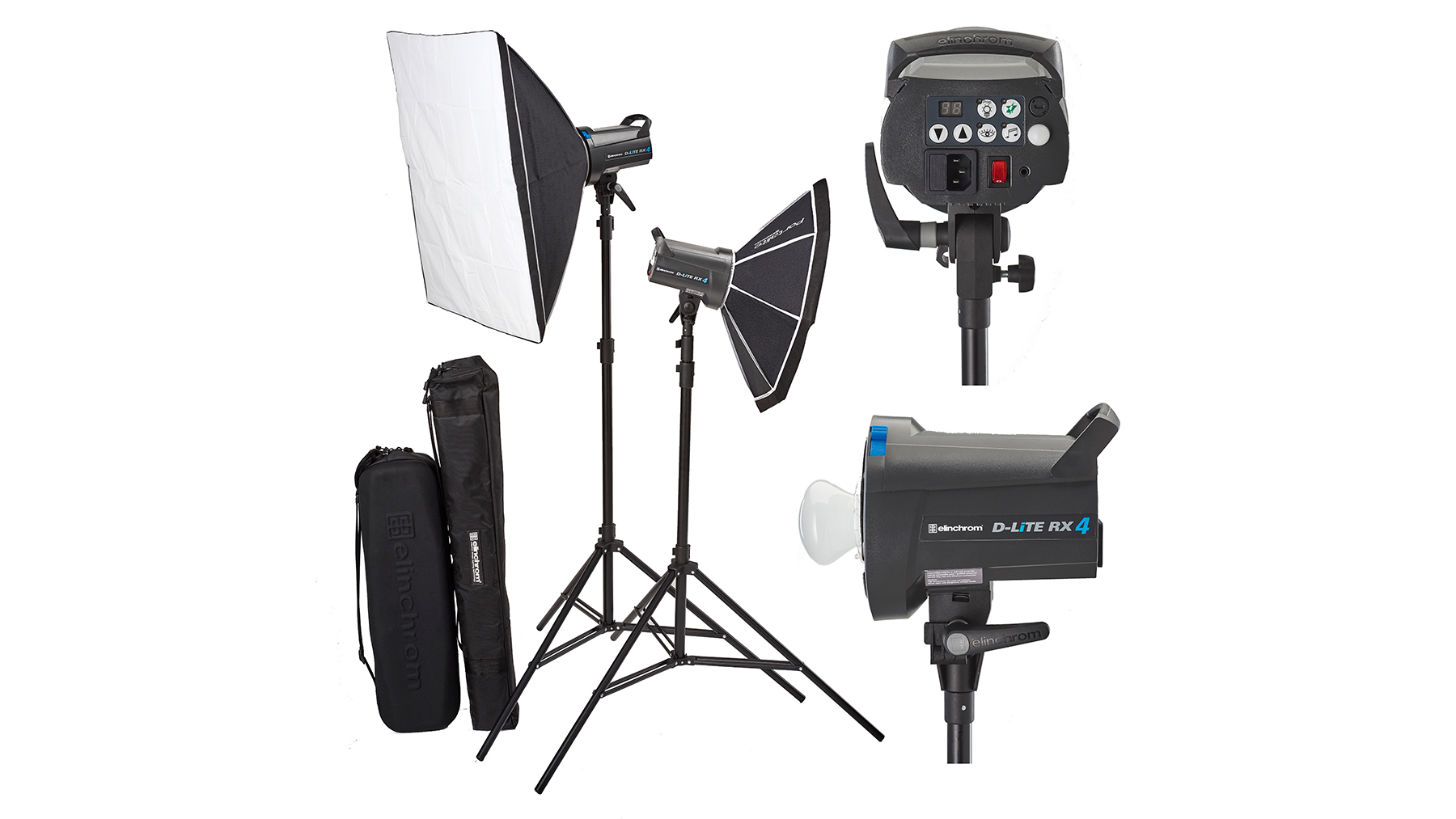
2. Elinchrom D-Lite RX 4/4 To Go
Specifications
Reasons to buy
Reasons to avoid
Elinchrom’s D-Lite flash heads and kits have earned a reputation for excellent build quality, ease of use and superb performance. The Elinchrom D-Lite RX 4/4 To Go is a range-topping kit that includes a pair of 400Ws flash heads, sturdy stands, a 66cm square softbox, a 56cm octagonal softbox, and a translucent deflector that enables a beauty dish effect.
The included EL-Skyport Transmitter Plus radio-frequency trigger enables users to adjust flash head settings remotely and has a range of up to 200m. Alternatively, you can upgrade to the Elinchrom HS Transmitter, which also offers high-speed sync flash. Alternative save modes include triggering from a flashgun and ignoring any pre-flash pulses.
Elegant and intuitive, the push-button control panel offers easy adjustment of power output through a 5-stop range, in 1/10th stop increments. Selecting proportional, full, low and no modeling lamp output is similarly simple, using a conventional 100W bulb. An auto-sensing cooling fan is built into the head. Output is remarkably consistent on a shot-to-shot basis, and power adjustments are highly accurate.
Best budget photography lighting kit
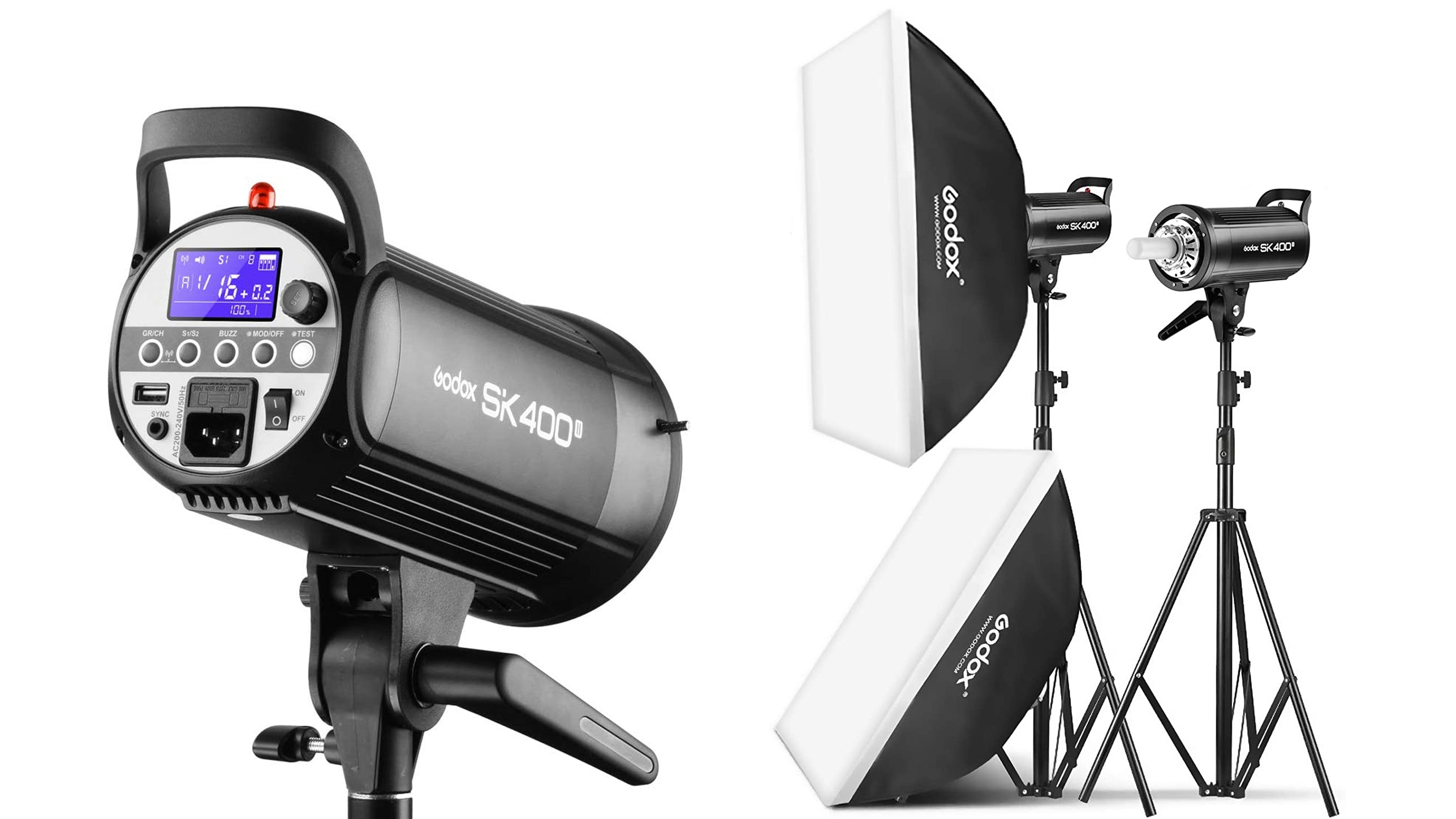
3. Godox SK400II twin-head studio flash kit
Specifications
Reasons to buy
Reasons to avoid
This kit costs less than a single flash head from most other manufacturers, but here you get a pair of flash monolights with a beefy output of 400Ws a piece. These mains-powered SK400II heads boast a 0.1-1.0-second recycle times, a 150W modelling light and an LCD control panel.
You can fire the flash using a traditional wired connection to the heads' sync sockets, but if you want to go wireless, Godox sells attractively priced 2.4GHz flash triggers that will allow you to eliminate the cables from your studio set-up.
We love that this kit gives you practically everything you need to get your home studio set up - with the kit including two light stands, a pair of 24x36in softboxes, two reflectors, two 60-degree honeycomb grids, a single set of barn doors , and four colored gels. Brilliant value!
The best premium photography lighting kit
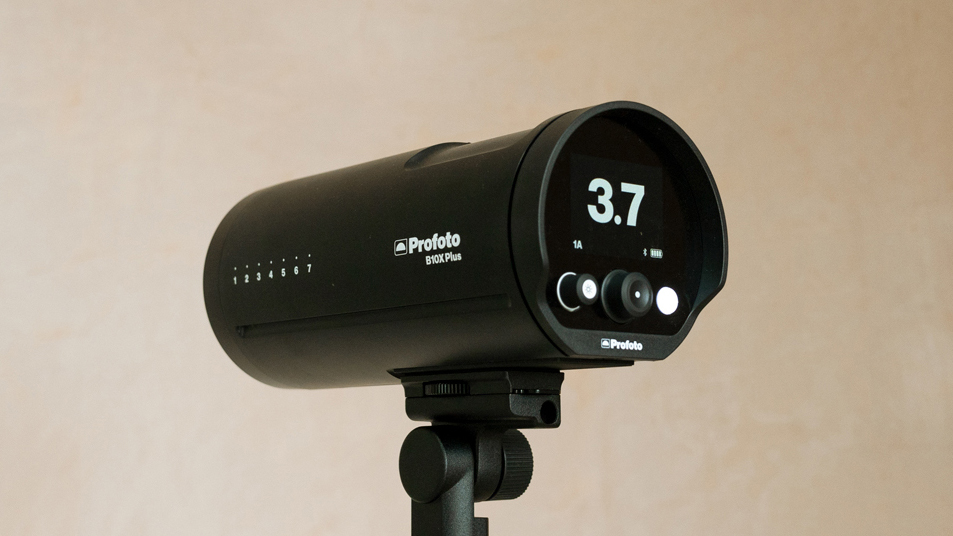
Specifications
Reasons to buy
Reasons to avoid
The powerful LED modeling light is perfect for both stills and video, with adjustable color temperature to suit different environments. While the recycling speeds are impressive, the battery life is somewhat limited, providing about 200 full-power flashes.
The Profoto B10X Plus is a larger and more powerful version of the standard B10X, offering 500Ws of power—double that of the original. Weighing 400g more, it still maintains portability with a battery that clips directly into the head. The addition of mains power compatibility offers flexibility for both studio and location shoots.
The kit includes the flash head, stand adaptor, battery, charger, and a padded carrying bag, with a twin head kit also available. However, the premium price tag is something to consider. Accessories such as the Profoto Air Remote TTL trigger (£349/$429) and the OCF Magnum Reflector (£189/$209) add to the overall cost, and the heads lack a sync socket.
Profoto’s build quality is top-notch. The rear-panel controls are easy to use, and the flash offers TTL, high-speed sync, and freeze modes for versatile shooting. An iPhone companion app connects via Bluetooth for additional control, adding convenience to the setup.
Despite the high cost, the B10X Plus delivers premium quality and performance, making it a strong choice for professionals seeking versatility in both studio and location work.
Read more: Profoto B10X Plus review
The best on and off camera flash for photography
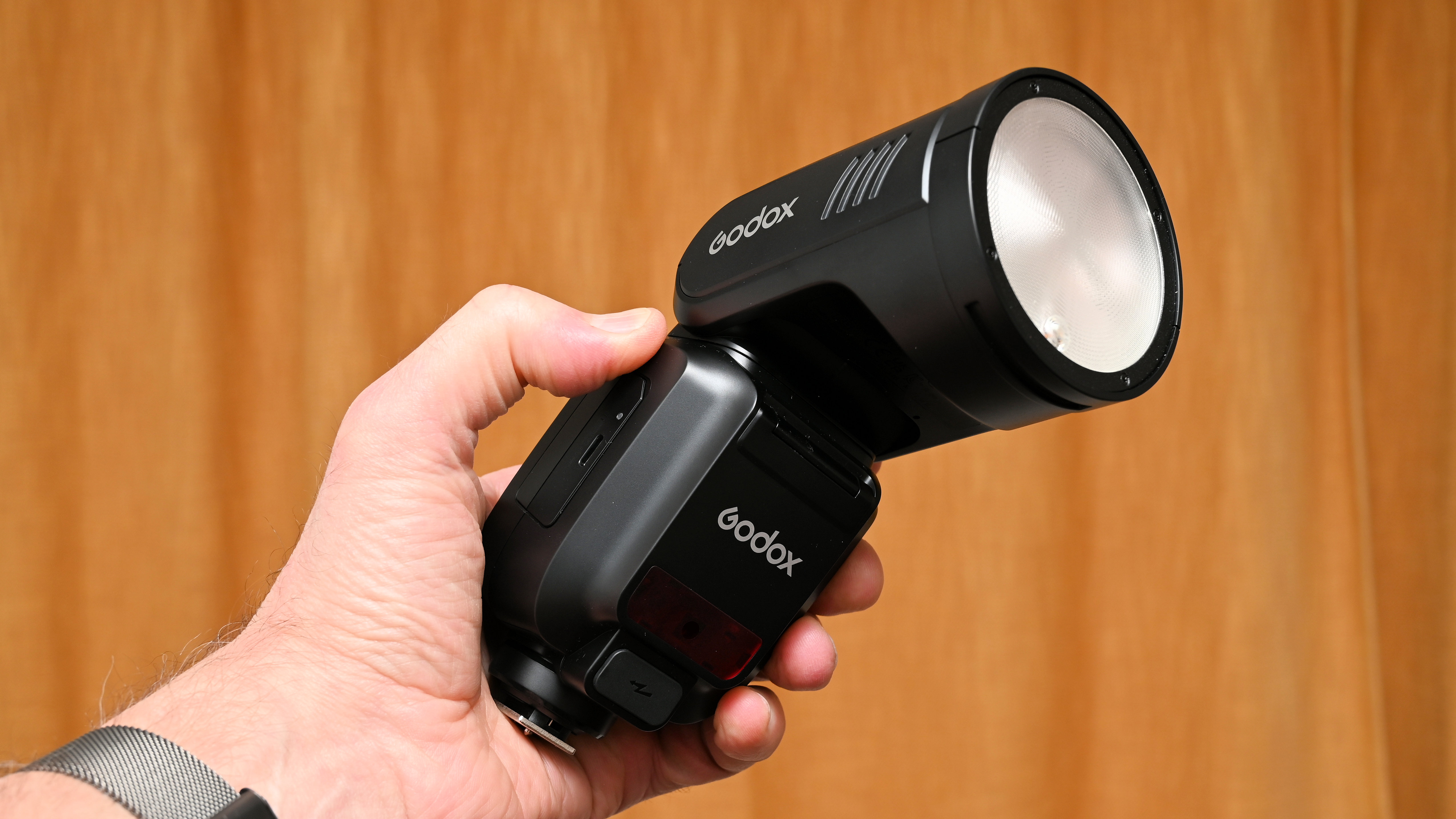
Specifications
Reasons to buy
Reasons to avoid
The Godox V100 is not a complete kit – it's a single flash head that could be used as a building block in a custom kit, if you prefer to work that way. This head builds on the strong foundation of the V1 by adding some appealing new features, though it does come with a higher price tag. Whether this added cost is justified depends on your shooting style. The new USB-C battery charging is a tempting upgrade for those who already own V1 units, and the new touch screen interface is leagues ahead of the older model.
The Godox V100 is an incredibly versatile and useful on and off camera flash. It is currently the best flash that can be used both atop a camera via a hotshoe, or wirelessly trigger Godox other lights. Its consistency and power are more than sufficient for portrait, event, and wedding photography. It is also available for pretty much every camera system currently on the market.
The clip-on fill light, one of the standout additions, is very cool, but most of the time, it felt more like a gimmick in practice. It didn’t suit my photography style, instead giving my images a look reminiscent of a disposable camera’s built-in flash, but to some, this might be more useful. Another highlight, the ability to shoot 100 continuous shots at full power, is impressive but not something I would use often. However, if you shoot a lot of high-volume images you may find it beneficial.
While the V1Pro introduces some useful features, it comes at a cost, and the standard Godox V1 also offers great value for most photographers and might be the better option for those looking for reliable performance without breaking the bank.
Read more: Godox V100 review
Best for design

Specifications
Reasons to buy
Reasons to avoid
If you're looking for the best studio flash, this portable off-camera flash is a standout option – and it's available in a two-head kit. I’ve used many flashes, but this one is by far the most versatile. After testing it across various scenarios, I can confidently say it performed flawlessly every time. The light quality it produces is exceptional, leading to perfectly exposed images with minimal effort. What makes it even more versatile is its compatibility with Elinchrom Light Shapers, using an adapter for even more control over your lighting setup.
This flash is ideal for photographers wanting to step up from a traditional speedlight and explore the world of off-camera flash. Whether you're just starting out or looking to upgrade your gear, this tool is reliable and easy to use, making it a perfect addition to your kit. Our reviewer was so impressed they are planning to add one or two to their own location setup for portrait, fashion, and documentary photography, simply because of the consistent quality it delivers.
In short, this flash is a fantastic investment for anyone looking to elevate their studio or on-location work with reliable, high-quality lighting.
Read more: Elinchrom THREE review
Best for a quick on-location setup
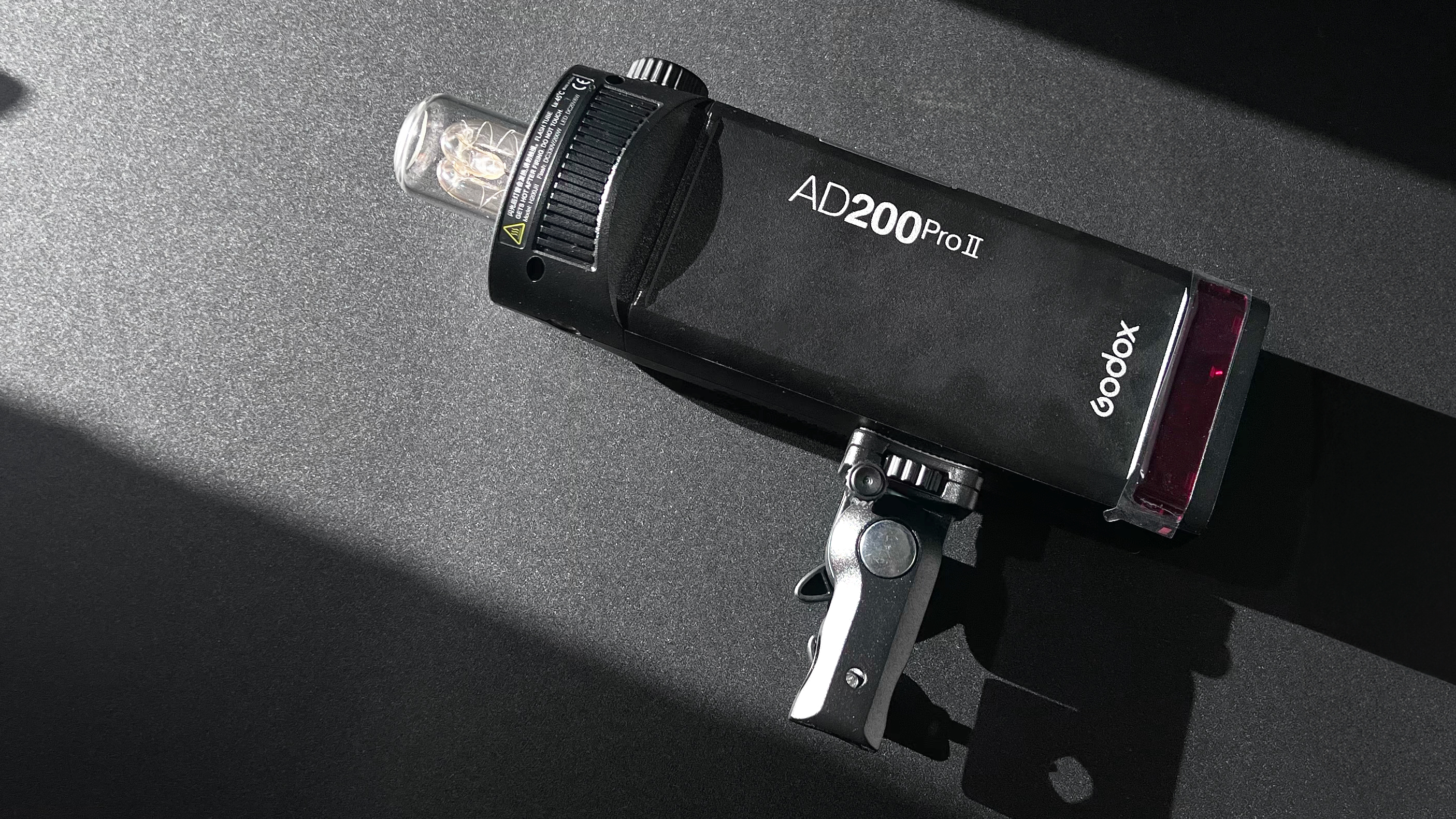
Specifications
Reasons to buy
Reasons to avoid
The Gofox AD200Pro II is an exceptional light source. Once again, this is a single light rather than a kit, so you'll need to factor in the cost of more than one – however, the good new is that Godox has made this head ridiculously affordable.
Godox has integrated numerous features into this small, lightweight, and affordable off-camera flash, making it a must-have in every photographer's toolkit. The performance and usability of this new model have significantly improved, but the standout feature is undoubtedly that aforementioned price – it's truly a fantastic deal!
Similar to its predecessor, the AD200Pro II serves as the ideal entry-level light for those venturing into off-camera flash photography, and this version makes it even simpler. Its power output is more than sufficient to act as a key light, even in settings with minimal ambient light. Additionally, the enhanced modeling lamp significantly aids in achieving focus in low-light conditions.
I primarily use it as a fill light, and in combination with my Godox AD600 Pro II, I can easily create a professional two-light setup that delivers maximum quality with minimal effort.
Read more: Godox AD200Pro II review.
The best LED panel for photography

Specifications
Reasons to buy
Reasons to avoid
This powerful, hugely versatile yet lightweight portable LED lighting panel is a radical redesign compared with the original AEOS. It gives you 16.7 million colors of light to play with, instead of just various degrees of white. And that goes for both constant lighting and flash, the latter with a high-speed sync option. The interface is also completely overhauled, with the addition of a color touchscreen that makes it quick and easy to access a huge range of lighting options, digital filters and special effects. The original AEOS was very good; the AEOS 2 is absolutely brilliant.
The AEOS 2 certainly isn’t cheap to buy, especially when you opt for the two-head kit we've listed here. However, it’s a joy to use and a top performer, making it worth the money.
Read more: Rotolight AEOS 2 review
Best continuous lighting for photography
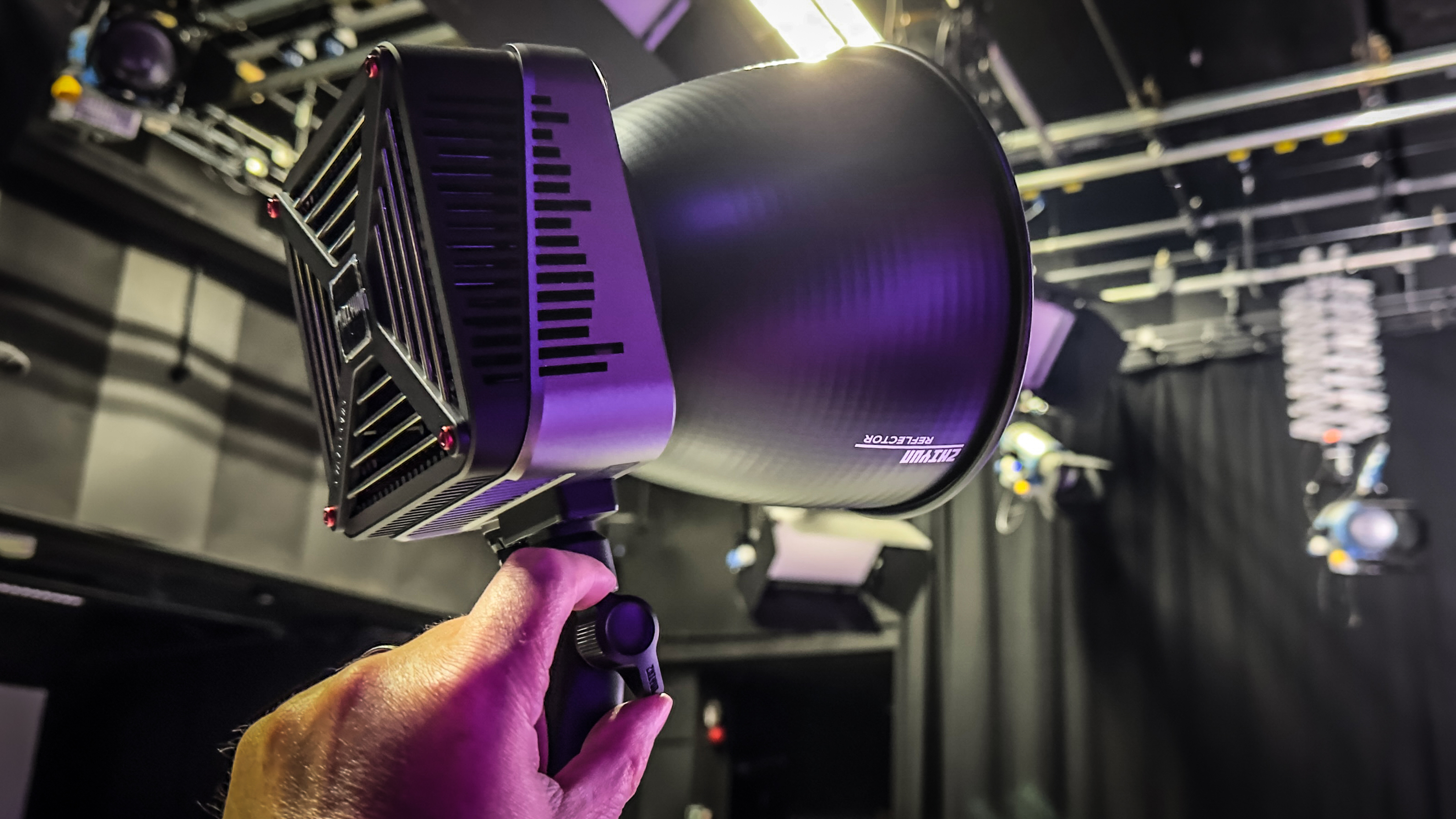
Specifications
Reasons to buy
Reasons to avoid
The Molus G200 LED light is a powerful COB light that’s perfect for studio shoots, particularly for illuminating talking-head interviews or enhancing performances like dance when paired with its music mode. Its quiet fan is a great feature, keeping noise concerns at bay for sound recordists, and the Max mode provides an additional 100W of power when you need that extra boost. However, the absence of preset animated light effects does knock it down a notch.
Like our reviewer, some might actually find the Molus G200 to be a bit too bright for their needs. But if you’re looking at light subjects from a distance, it’s worth considering, especially since it can push its 200W default output up to a maximum of 300W. It’s better suited for professional corporate and studio filmmakers, while social media content creators may find the smaller and more affordable Molus X100 a better fit.
Overall, while it’s a fantastic light with some great features, its brightness and price point make it more appropriate for professional setups. Also be aware that it's not sold as part of a kit, so once again you'll need to factor in the cost of more than one.
Read more: Zhiyun Molus G200 review
How to choose the best photography lighting
The best photography lighting kit for you depends on what you're planning to shoot. Are you expecting to stay in the studio, or perhaps do you anticipate loading the kit up and taking it out on location? There are lighting kits great for both purposes. You also want to consider whether you'll mostly be using flash for stills, and how bothered you are about having a continuous light for video.
Then there's also the question of budget. There are lighting kits and panels right across the spectrum when it comes to pricing, so it's worth having a think to see what's the best you can afford. Our guide above includes all different types of lighting kits, from plug-in studio lights to battery-powered lighting kits designed to be taken on location, as well as continuous LED lighting panels.
If you want something simpler and more portable, it's worth checking out our list of the best flashguns. Flashguns are handy and fast in a pinch, but they do have their limits in terms of how much control you can exert over the light.
What is in a photography lighting kit?
A photography lighting kit is usually distinguished by the fact that it contains multiple light sources, rather than just one. While you can buy single studio heads or flashguns, often replete with accessories, a two-light kit will allow you to create much more sophisticated setups, taking control of shadows and highlighting the key parts of your subject you want to highlight. In most shoots, one light will serve as the more powerful key light, while another will be a supplementary fill light.
As well as the two light sources, a kit should also contain all the necessary accessories for getting them working – this usually means power supplies and/or batteries. Many will also come with stands and mounts. Sometimes light modifiers like reflectors and softboxes (see below) are also included, though this isn't guaranteed. One thing that's worth noting is that studio lighting kits normally don't come with an RF wireless trigger for controlling the lights remotely, and this usually needs to be purchased separately.
While buying a photography lighting kit is a useful way to get everything you need at once, and can be a good way to save money if you spot a discount, it isn't necessary, and you can easily create your own DIY kit simply by purchasing multiple individual lights. A few of the entries on our list above are standalone lights rather than kits, but could easily be used as part of a larger setup.
What are light modifiers?
Light modifiers are tools used in photography to control the direction of light, its intensity, and its quality. They include reflectors, umbrellas, softboxes, snoots, scoops and beauty dishes. For more details, see our article on How to use different flash lighting modifiers.
What kind of lighting kit should I go for?
For a home studio setup, or if you’re shooting indoors on location, there’s no beating the power and versatility of a conventional mains-powered studio flash kit. Top options include the Elinchrom D-Lite and Interfit Honey Badger twin-head kits, which are fairly compact and easy to carry around, yet quick to set up and simple to use. But they’re no use if you’re on location with no access to a mains electrical outlet.
A growing range of battery-powered ‘location flash’ kits are now available, based on the same kind of IGBT (Insulated Gate Bi-polar Transistor) technology as regular flashguns, but with similar power to a studio flash head. Supplement the kit with a dedicated hotshoe-mounting trigger, and you’ll also get the bonus of automatic TTL (Through The Lens) flash metering and HSS (High Speed Sync) flash for shooting with fast shutter speeds.
The not-so-secret third option is to go for a constant light. The latest LED panels are relatively cool-running and give fairly strong output, although they’re much less powerful than a flash head or regular flashgun. Maximum output is measured in Lux, usually at a distance of one metre, and the quality of light is measured in CRI (Colour Rendering Index). Plus points include a ‘what you see is what you get’ approach to lighting a subject and, when shooting video, constant LED lighting is perfectly viable whereas a flash head will be entirely useless.
How we test photography lighting
When we test photography lighting kits, we're looking for optimal performance and consistent results. We start by assessing the kit's components, checking things like bulb wattage, reflector condition, and power output. We'll let up the lights in a controlled environment and use a light meter to measure the illumination levels at different distances and angles. We'll then experiment with various lighting setups and modifiers like softboxes or umbrellas to see how they affect the quality and direction of the light. We pay attention to color temperature, shadows and overall coverage.
Get the Digital Camera World Newsletter
The best camera deals, reviews, product advice, and unmissable photography news, direct to your inbox!

Gareth is a photographer based in London, working as a freelance photographer and videographer for the past several years, having the privilege to shoot for some household names. With work focusing on fashion, portrait and lifestyle content creation, he has developed a range of skills covering everything from editorial shoots to social media videos. Outside of work, he has a personal passion for travel and nature photography, with a devotion to sustainability and environmental causes.
- Matthew Richards
- James ArtaiusEditor in Chief
- Kalum CarterStaff Writer
